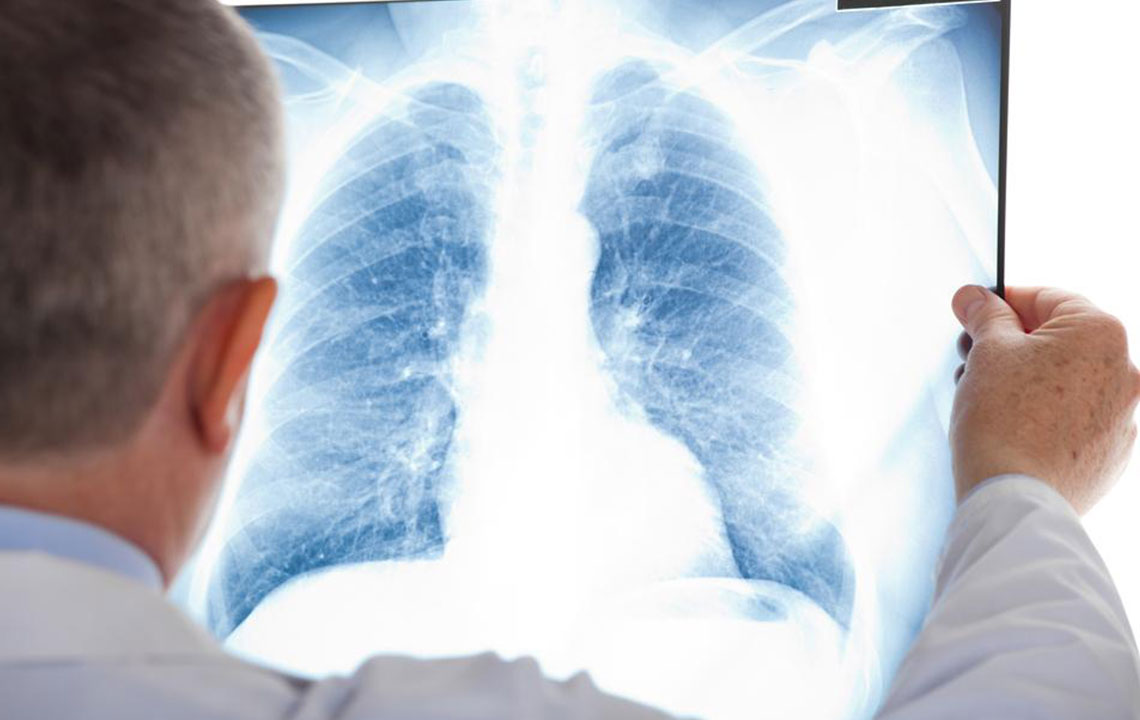4 Effective Methods for Treating Mesothelioma
Cancer can affect any organ and all forms of cancer follow the similar modus operandi. However, the time taken for cancer to progress can vary according to the type of cancer. One of the deadliest forms of cancer manifests itself in the form of mesothelioma.
Mesothelioma is an aggressive form of cancer that affects the tissue lining of the internal organs and is considered to be quite fatal. Although there are several mesothelioma treatment options available, for those diagnosed at a later stage the treatment is rendered useless.

When an individual is affected by mesothelioma, several symptoms start surfacing. The signs and symptoms of mesothelioma are as follows:
- Shortness of breath
- Chest pain under the rib cage
- Painful coughing
- Unexplained weight loss
- Presence of unusual lumps of tissue under the skin on the chest
When these symptoms begin to surface and after a confirming the presence of this illness with a diagnosis, the doctor would recommend the patient to undergo either of the effective mesothelioma treatments depending on the stage at which the cancer is diagnosed and the location of the cancerous tumor.
As mesothelioma is an aggressive form of cancer, a complete cure isn’t always possible. However, several mesothelioma treatment options are devised to control the patient’s cancer and make them more comfortable. The following mesothelioma treatments have proven to be effective in controlling cancer and relieving its symptoms:
Surgery – When diagnosed at an early stage, the doctor might recommend removing the tumor through surgery. In some cases, this can even cure cancer. However, there are instances when removing the cancerous tumor is not possible, and in such cases, the doctor will ask the patient to undergo a surgery to reduce the symptoms of this deadly disease. The different surgical options include:
- Surgery to decrease the fluid build-up – The difficulty in breathing, one of the prominent symptoms of pleural mesothelioma is caused due to the build-up of fluid in the chest. In such cases, the surgeon will insert a tube or a catheter into the patient’s chest and drain the fluid. Also, the doctors may also inject medicines in the chest to prevent fluids from building up again.
- Surgery to remove the affected tissue around the lungs or abdomen – As mesothelioma is known to affect the tissue lining of the lungs or the abdomen, the doctor might recommend undergoing a surgery to remove the affected tissue surrounding the lungs or the abdomen. Though this surgery wouldn’t cure cancer, it will definitely relieve the painful symptoms caused by this condition.
- Surgery to remove the lung and affected tissue – In this form of surgery, the affected lung and the surrounding tissue are removed to relieve the signs and symptoms of pleural mesothelioma. The patient will receive radiation therapy to the chest after undergoing this mesothelioma treatment.
- Surgery for removing as much of cancer as possible – This form of surgery, also known as debulking, is carried out to remove as much of cancer as possible. This doesn’t imply that cancer can be removed completely; debulking ensures that the doctors can direct radiation treatments more accurately to prevent further fluid build-up and relieve the painful symptoms of mesothelioma.
Radiation therapy – Radiation therapy is one of the effective mesothelioma treatment methods that aims to reduce the signs and symptoms caused by mesothelioma cancer. In this form of treatment, high-energy beams from sources like protons and X-rays are directed toward specific spot or multiple spots on the body. The radiation emitted from these sources aim to kill remaining cancer cells that are remanent from the surgery.
Chemotherapy – In chemotherapy, chemicals are used to kill cancer cells; these chemicals travel throughout the body and are capable of shrinking or slowing the growth of mesothelioma that couldn’t be removed by surgery. The drugs used in chemotherapy are heated and administered directly into the patient’s abdominal cavity; this procedure is followed for peritoneal mesothelioma that affects the tissue lining in the abdomen. With the help of this strategy, chemotherapy can actively get rid of the cancer cells without damaging the healthy cells in other parts of the body. In certain cases, the patient might have to undergo chemotherapy before the surgery to make the operation easier and more successful. Additionally, at times chemotherapy is prescribed after the surgery to reduce the chances of recurrence.
Clinical trials – Clinical trials are where new mesothelioma treatment methods are developed. People opt for this form of mesothelioma treatment even when there is no guarantee of a permanent cure; but, the different treatments devised for mesothelioma are instrumental in reducing the severity of the symptoms caused by the ailment. The major treatment approaches for mesothelioma include targeted therapy, which involves the use of drugs to attack specific abnormalities with the cancer cells; biological therapy, which involves using the body’s immune system to fight cancer; and gene therapy, which involves altering the genes inside the cancer cells to stop the disease from progressing.




